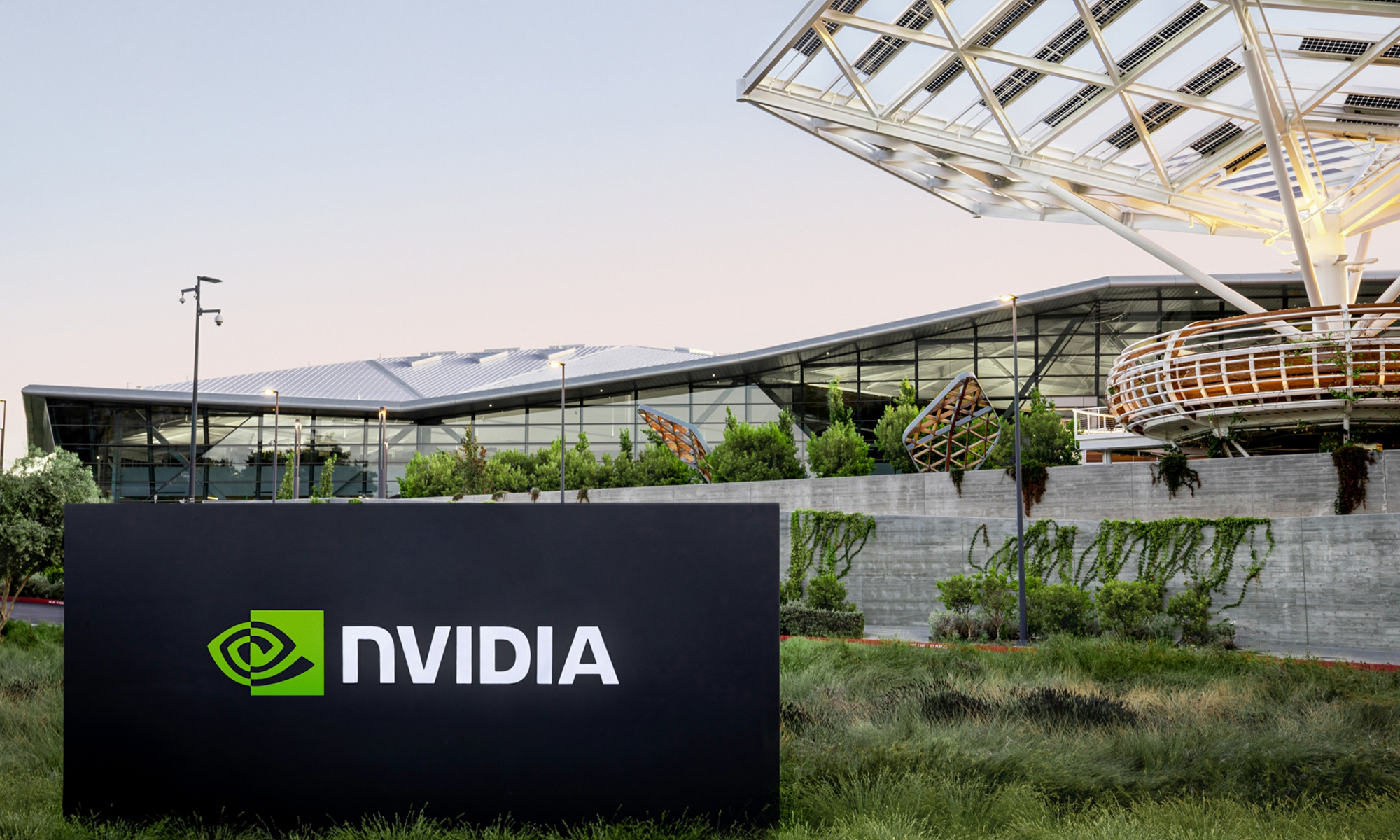At long last, the rumors are true! For as long as this Fool can remember, Taiwanese gadget maker HTC has had eyes only for chip maker Qualcomm (Nasdaq: QCOM) and its family of Snapdragon mobile processors.
There has always been talk that the company would broaden its horizons to other ARM Holdings (Nasdaq: ARMH) licensees for its processors, namely NVIDIA (Nasdaq: NVDA) and/or Texas Instruments. Well, HTC has done it at last.
Following its words that it would like to slim down its product line in order to focus on depth over breadth, HTC unveiled its new 2012 lineup at Mobile World Congress, and it contains just three primary models. The company is using a new unified branding strategy, calling them The HTC One X, HTC One S, and HTC One V.
The One X is the star, and is among the world's first quad-core smartphones, carrying an NVIDIA quad-core Tegra 3 inside. Interestingly, the device will come in two distinct flavors with different chip sets: the international version with the Tegra 3 and a U.S.-bound version for AT&T that uses a dual-core Snapdragon S4 with integrated LTE. Both of those processors are each respective chip maker's stars at MWC, so HTC is going for the jugular with hardware.
HTC is also aggressively upping the game with camera performance, with the One X sporting an 8-megapixel backside-illuminated shooter that naturally has me anxious to see if teardowns will reveal an OmniVision Technologies (Nasdaq: OVTI) piece lurking beneath.
This is the first time that HTC has hooked up with NVIDIA, and presumably won't be the last. It shows that NVIDIA continues to make headway with its invasion of Qualcomm's dominance in mobile processors, a trend that isn't likely to change soon as its chip roadmap has its sights set squarely on Qualcomm with continued further integration of key functionalities like basebands.
NVIDIA's Tegra lineup is among the company's most promising growth catalysts in the coming years, and most of last year's top-line growth was thanks to its consumer products business (which includes Tegra). One of the hiccups last quarter was a larger-than-expected dropoff of Tegra 2 wins as Tegra 3 ramps up, and it looks like this is indeed the beginning of that ramp.
For even more on how to play the mobile revolution, don't miss this new special free report on "The Next Trillion Dollar Revolution." It promises to be the biggest revolution in computing in generations, and it's one you definitely don't want to be left out of. Get access to this free report now.






